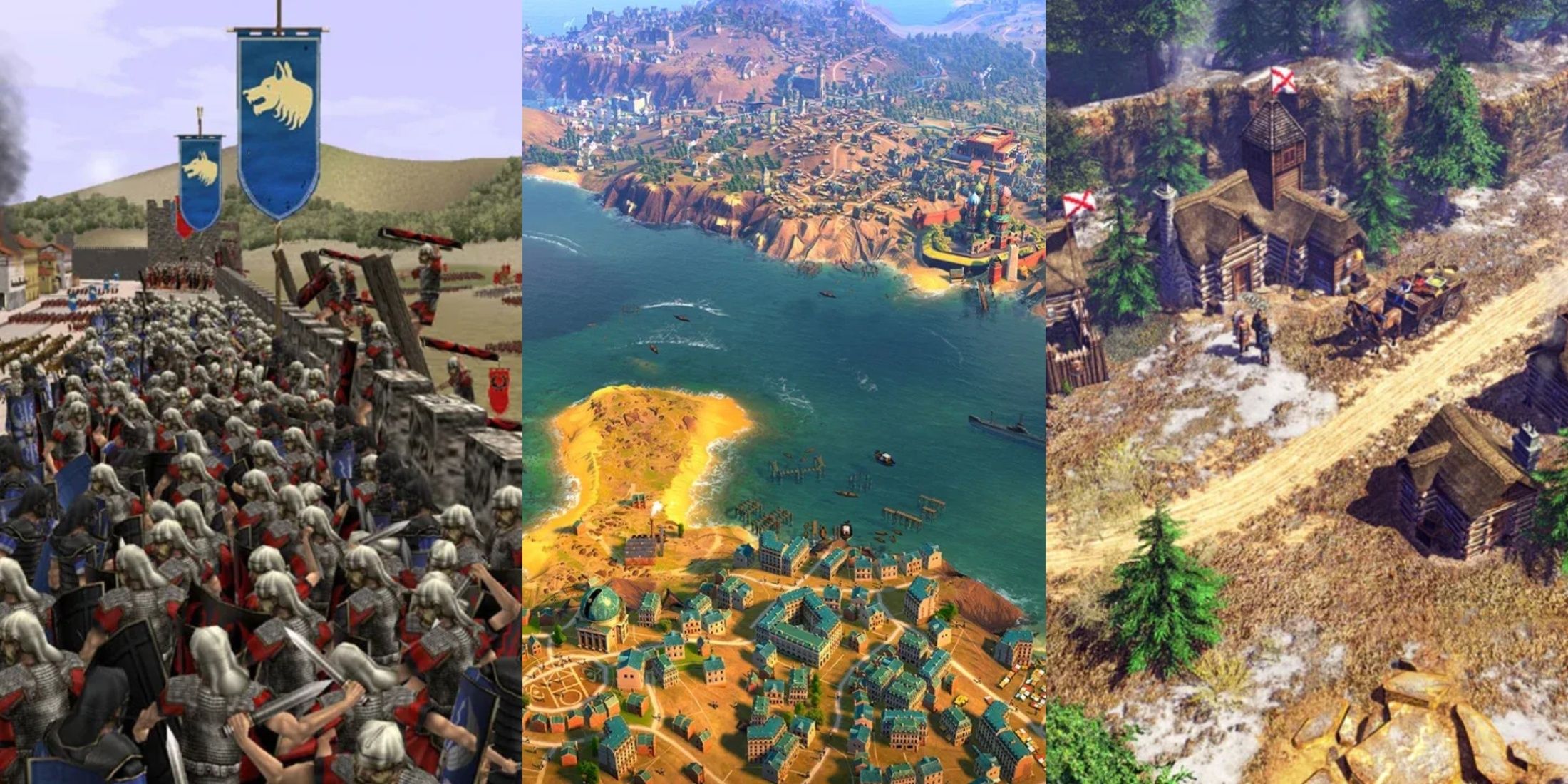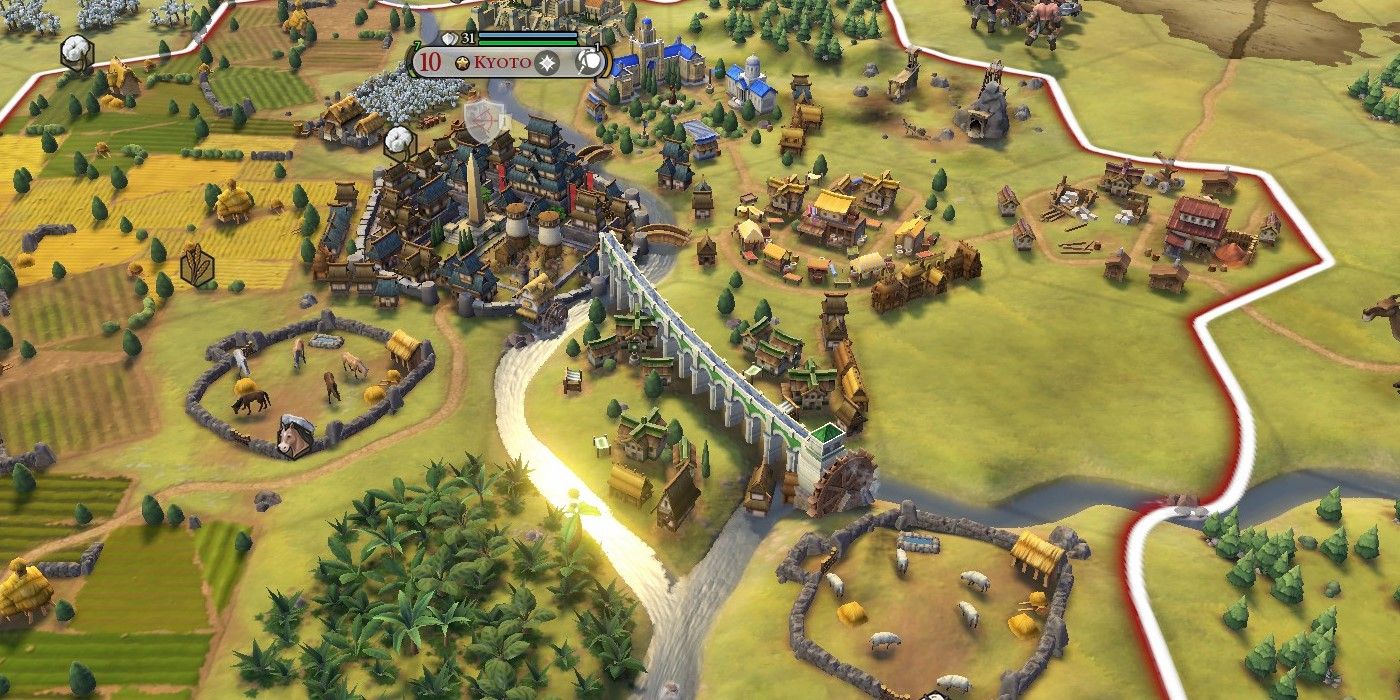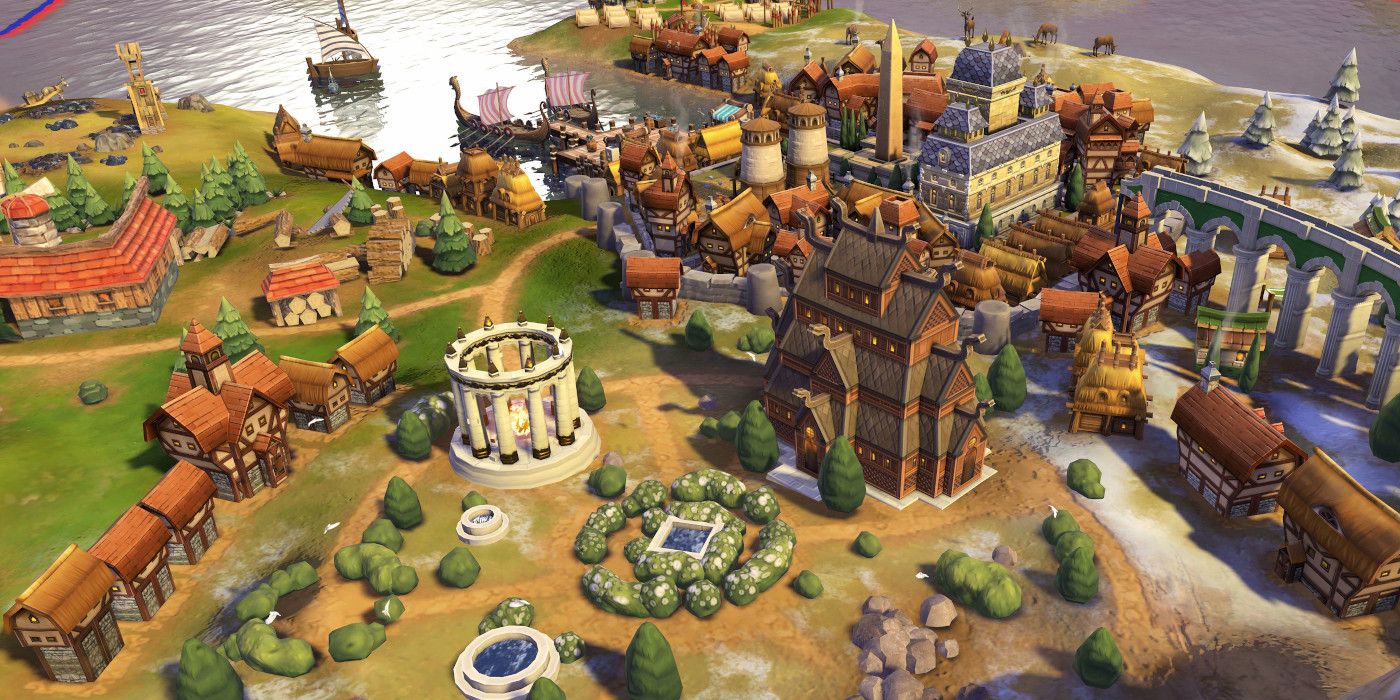Civilization 6, the latest title in the long-running historical strategy, brings many changes to the classic Civ formula. While staples like Wonders, Barbarians and City-States remain, Civilization players must now contend with weather, climate change, and many other new challenges.
One of the most impactful mechanics that Civ 6 brings to the series is Housing, a score that measures a city's ability to house its population without overcrowding. While a high Housing score doesn't give any specific bonuses, a city whose population nears, reaches, or exceeds its Housing will suffer increasingly punishing growth penalties. Large Civ 6 cities are productive cities, so players who want to grow smoothly should work to ensure that their Housing is sufficient, which can be done in a variety of ways.
RELATED: How to Rename a City in Civilization 6
The Waters of Life
Even before settling a city, players should consider its Housing needs. Settling beside Fresh Water is best, as this starts with a +5 Housing bonus, while settling beside the sea gives +3, and beside no water at all gives a mere +2.
Placing a city without access to any kind of water is almost never a good idea unless the player is confident in their ability to quickly build an Aqueduct District to connect the city center to water or a mountain. This will counteract the Housing penalty that comes from not having fresh water available.
Making Space
Once a city has been settled, players should strive to keep its Housing score above its population, in order to maintain healthy growth. There are many ways to raise the Housing score, most of which are unlocked through the Technology and Civics trees:
Buildings
- Granary (Ancient Era): +2 Housing
- Barracks, Encampment (Ancient Era): +1 Housing
- Lighthouse, Harbor (Classical Era): +1 Housing, +3 if City Center is adjacent to Coast.
- Pagoda, Advanced Religious Building: +1 Housing
- University, Campus (Medieval Era): +1 Housing
- Sewers (Industrial Era): +2 Housing
Districts
- Aqueduct (Classical Era): Gives Fresh Water bonus, or +2 Housing if the city already has Fresh Water.
- Dam (Medieval Era): +3 Housing.
- Neighborhood (Industrial Era): Provides Housing based on local Appeal, ranging from +2 to +6.
Improvements
- Farm, Pasture, Plantation, Camp: Provides +1 Housing for every two such Improvements.
- Seastead (Information Era): +2 Housing.
- Unique Improvements: There are several civilizations that have unique Improvements that grant Housing.
Policies
- Insulae (Classical Era): +1 Housing in cities with 2 or more districts.
- Civil Prestige (Medieval Era): Established Governors with at least 2 Promotions provide +2 Housing.
- Medina Quarter (Medieval Era): +2 Housing in cities with 3 or more Districts.
- New Deal (Modern Era): +4 Housing in cities with 3 or more districts.
- Collectivism (Modern Era): +2 Housing.
Wonders
- Great Bath (Ancient Era): +3 Housing.
- Hanging Gardens (Ancient Era): +2 Housing.
- Temple of Artemis (Ancient Era): +3 Housing.
- Angkor Wat (Medieval Era): +1 Housing in all cities.
In the early game, before production can be focused on getting the more valuable Housing buildings, it's better to focus on the improvements. The Farm, Pasture, Plantation, and Camp are great early sources of Housing, all of which should most likely be improved anyway for their resource bonuses. As the game goes on, more production can be spent on improving Housing without hindering early growth, to make sure that the cap stays ahead of the population.
Civilization 6 is available for iOS, Linux, Nintendo Switch, PC, PlayStation 4, and Xbox One.





